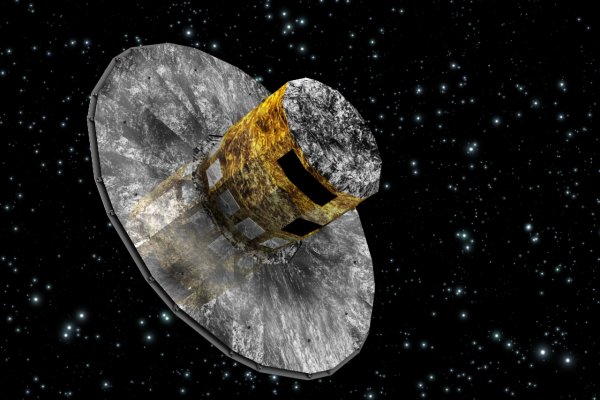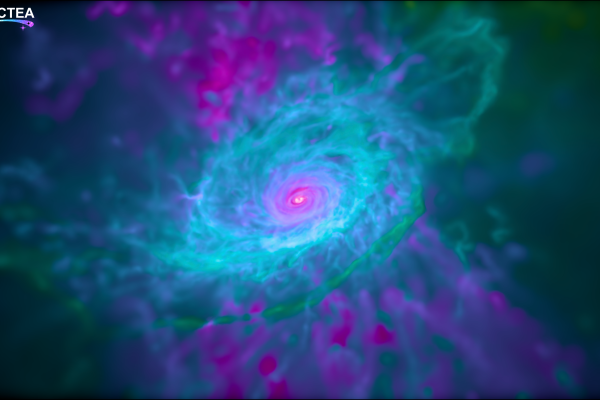Today, December 19, 2023, marks ten years since the launch of the European Space Agency's Gaia satellite. The mission has already more than achieved the goal of creating the most accurate and complete map of the Milky Way to date. Since its launch it has accumulated more than 3400 days of nominal operations and 5 data deliveries have already been made to the international community (2016, 2018, 2020, 2022 and 2023). Gaia is demonstrating its great scientific potential, with more than 10,000 papers published in such diverse and transversal fields of astronomy as galactic astronomy, stellar physics, exoplanets, the solar system, quasars and physics fundamental
The current Gaia Archive, with open access to the entire community since day one, contains the position and motion of more than 1.8 billion stars in the Milky Way, including also more than 10 million variable stars and almost a million binary systems. The mission has also cataloged 3 million galaxy candidates and 2 million quasar candidates, among others, and has revolutionized knowledge of the Solar System by precisely tracking more than 158,000 objects, including near-Earth asteroids. Earth, main belt, and trans-Neptunian objects. In addition, the spectroscopic data provided by the mission is unprecedented in the history of astronomy, both for the amount of data published, more than 200 million spectra, and for the unique calibration process for the whole sky. The astrometric, photometric and spectroscopic precision achieved so far, when only the data obtained in the first 34 months of the mission have been published, have completely transformed the view we had until now of the origin and evolution of our galaxy. And not only that, it is also transforming the day-to-day research in galactic and stellar astronomy, raising the need to use new methodologies and new tools to advance present and future studies.
Gaia will continue to observe until the first quarter of 2025, when the gas that allows the satellite to maintain its uniform rotation and precise pointing will run out. Data processing will continue for a few more years, and is expected to increase greatly in complexity and accuracy. It is planned that the final catalog of the mission will not be published until well into the year 2030, with a sixth delivery in the year 2025. ICCUB and IEEC teams have been fully involved in the mission since it was first designed, now more than 25 years ago. He has participated in the development of critical parts of the mission such as data processing, the design of the photometric system and the validation of each of the catalogs that have been published. It has been thanks to the experience acquired during all these years that the scientific team has been and continues to be a pioneer in the tasks of scientific exploitation and publication of new discoveries.



